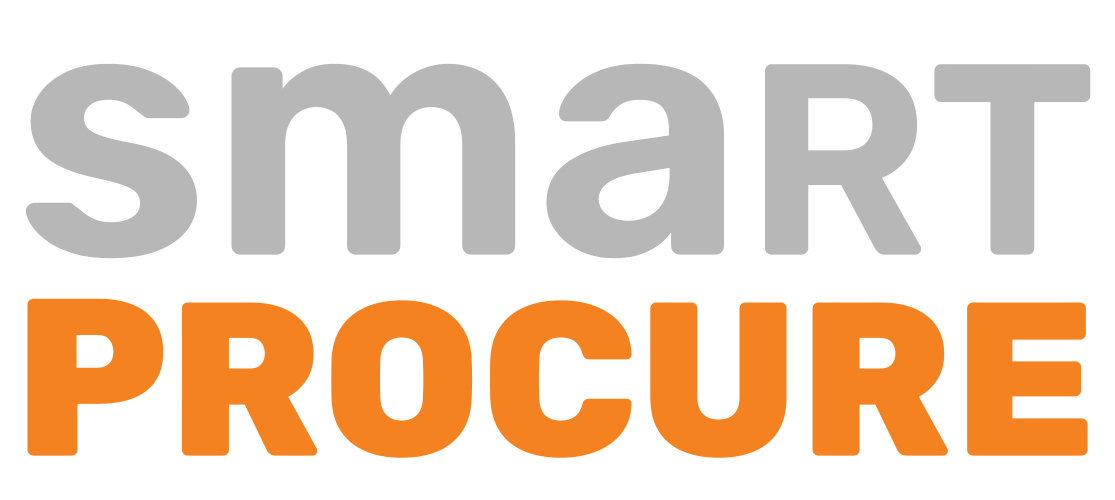Starting with steam and electricity, Industry 1.0 has helped the industry develop, creating new jobs and, of course, making purchases
Industry 4.0 is the latest industry name in innovation. Many modern automation systems, data exchange, and production technologies are the term, the new face of today’s world. It is indisputable that Industry 4.0 does not exist at once, and there is a development process in place.
Industry 1.0 can be seen as a milestone of developments that laid the foundations of industry and industry. The large size of the industry helps it contain many industries and business areas. Purchasing department and procurement specialists/managers naturally make their way into this large production segment.
So, do you think there are things that have changed from Industry 1.0 to today? What are the role descriptions of buyers that change and develop during this process? Where does the supply chain fit in? Each one of them, we're sure you've had a lot of questions...

We can say that the revolution that has led to the creation of smart factory systems and technology-infrastructure production started with the Industrial Revolution. The use of non-renewable energy sources such as steam engines and coal has led to mass production. Important figures such as Henry Ford led the automation and mechanical process. That was the mobility, industry 1.0! And the 2.0 version industry innovations soon followed.
With the invention and use of electricity becoming widespread, we have witnessed the second industrial revolution. Mass production became even more rapid. In the 2000s, significance began to increase in relation to the business area that is now gathered under the name of "procurement."
Procurement has become a department that transcends the production line or procurement action, becoming a profit center. Longer strategies began to be adopted with the help of the innovations brought by the digital revolution and developments in information technology.
The changing and developing business areas, and especially the development of the industry, have changed the job status and job descriptions of the buyers. Previously, when there were no special purchasing professionals or employees, it became apparent over time that people had been appointed to source goods and services from suppliers or had done so.
Keep pace with the global era
The latest breakthroughs for you to succeed all at SmartProcure
If You Want Call First
Of course, in the past, the buyers only did procurement. As such, agreements were made with suppliers (who in old times were familiar with those things and were close friends) to purchase the necessary products. Technological inadequacy and shortcomings in procurement offered a limited area of comparison. It could be said of small profits. The buyers had to receive the product for delivery. The procurement and purchasing processes were carried out to extract more days. This process can be said to be moving between Industry 1.0 and Industry 2.0.
In the 1990s, however, we could reduce the number of industries to 3.0. Today, technology used to welcome us on a more advanced scale. It can be seen as the development of logistics systems and the birth of purchasing professionals. It was not enough to part with the day anymore, and medium-term plans and strategies began to be monitored. System monitoring and diagnostics are streamlined, self-awareness builds on systems and components, and the Purchasing side ultimately had the purpose of the profit.

Software and automation systems that laid the foundations of such systems as SAP and ERP were also starting to show, and the goal was for greater efficiency. The advantages offered by computer technology are used in particular for financial transactions, financial analyzes, and purchases of critical financial importance.
It is now understood that the profit centers of businesses are purchasing specialists and departments. Industry 4.0 stands for this. SAP and ERP systems have gained importance. Applications such as fintech and environmentally friendly projects and purchases are starting to emerge. These days, the popular purchasing approach is created by the desire to save resources and achieve sustainable policies.
Procurement specialists are also active in areas such as green purchasing and the development of new services and business models. Another factor is that many purchasers can perform using artificial intelligence tools or computer technology. More practical processes and simpler commands for purchasers are now possible.
These automation tools are used to perform digital storage, data analyzes, communication, request and bid operations, and monitor the procurement process. Previously, technology competence had little effect on purchasers, but in a digitized world it became a necessity for purchasers. Therefore, longer-term plans have shown themselves.
Buyers no longer bother to bring products from suppliers, can bring the products with them directly to the final buyer with the logistics systems developed or receive them at the door in case of need. It can also easily make comparisons, thanks to computer software developed for such tasks as solicitation and quotes or orders.
In essence, it is necessary to make the right decisions and to follow the right strategies to the purchasers. Keeping pace with the changing world and developing industry sector will benefit both the buyer itself and businesses.
